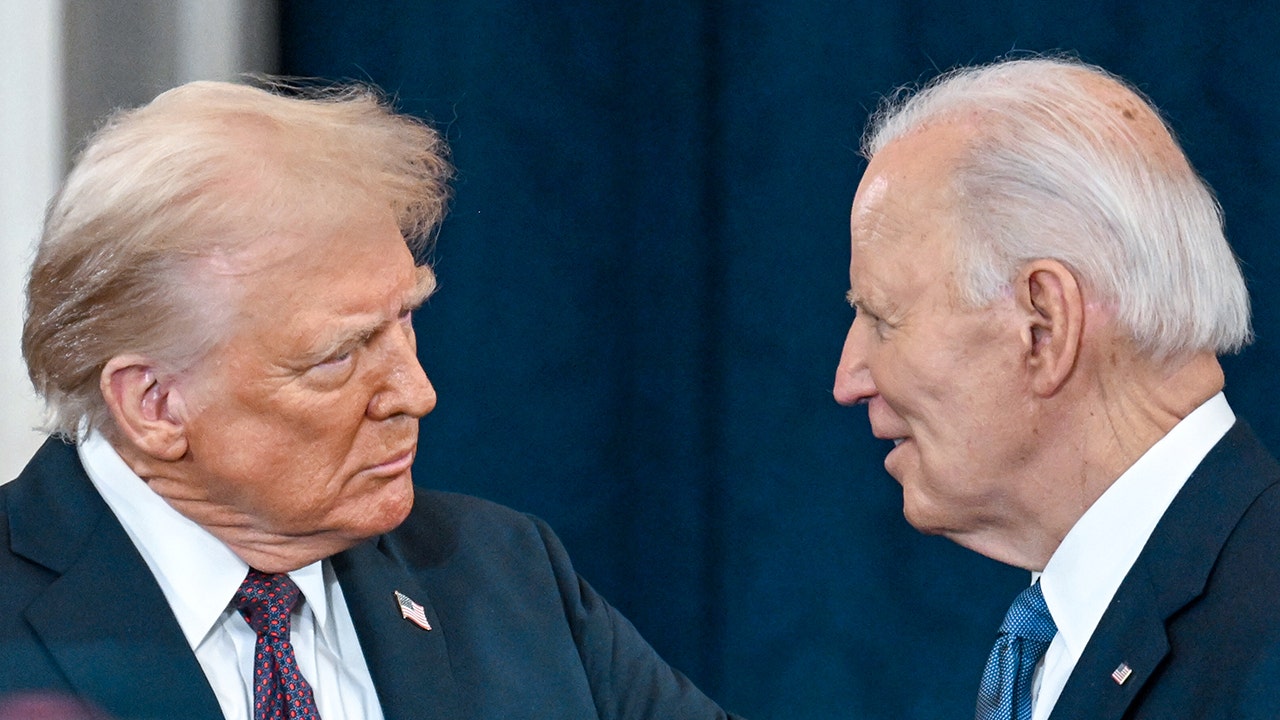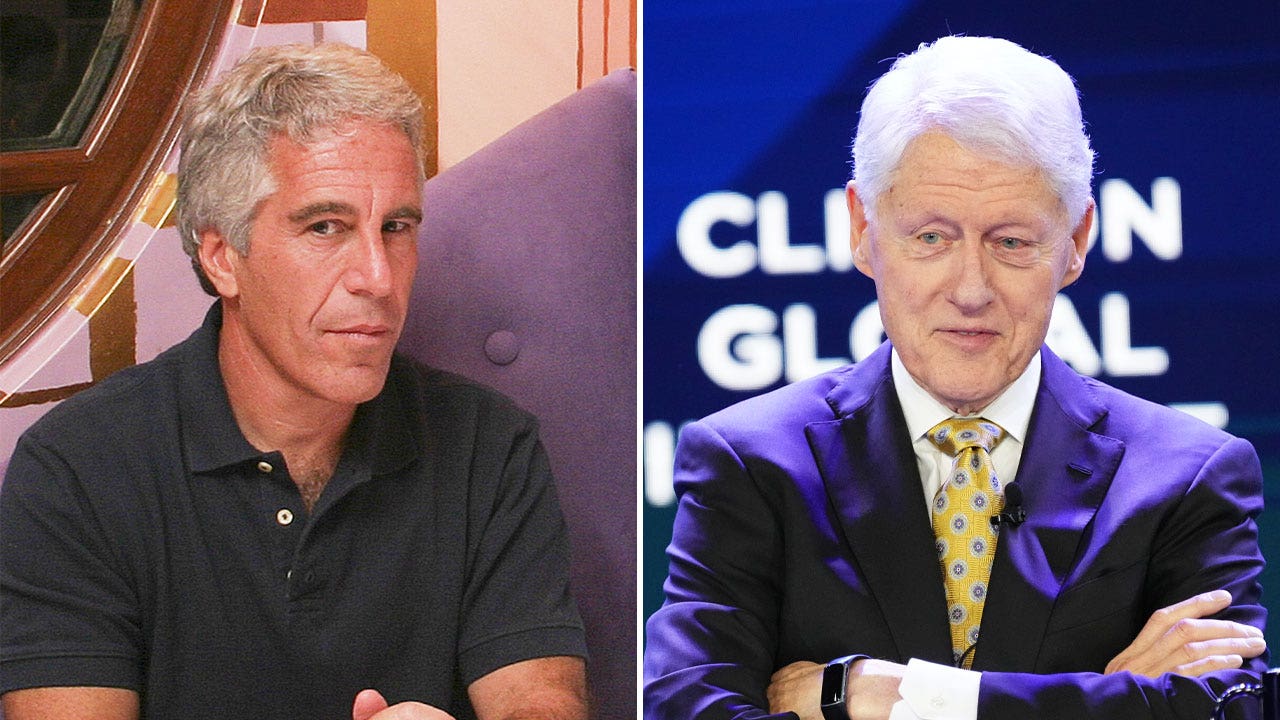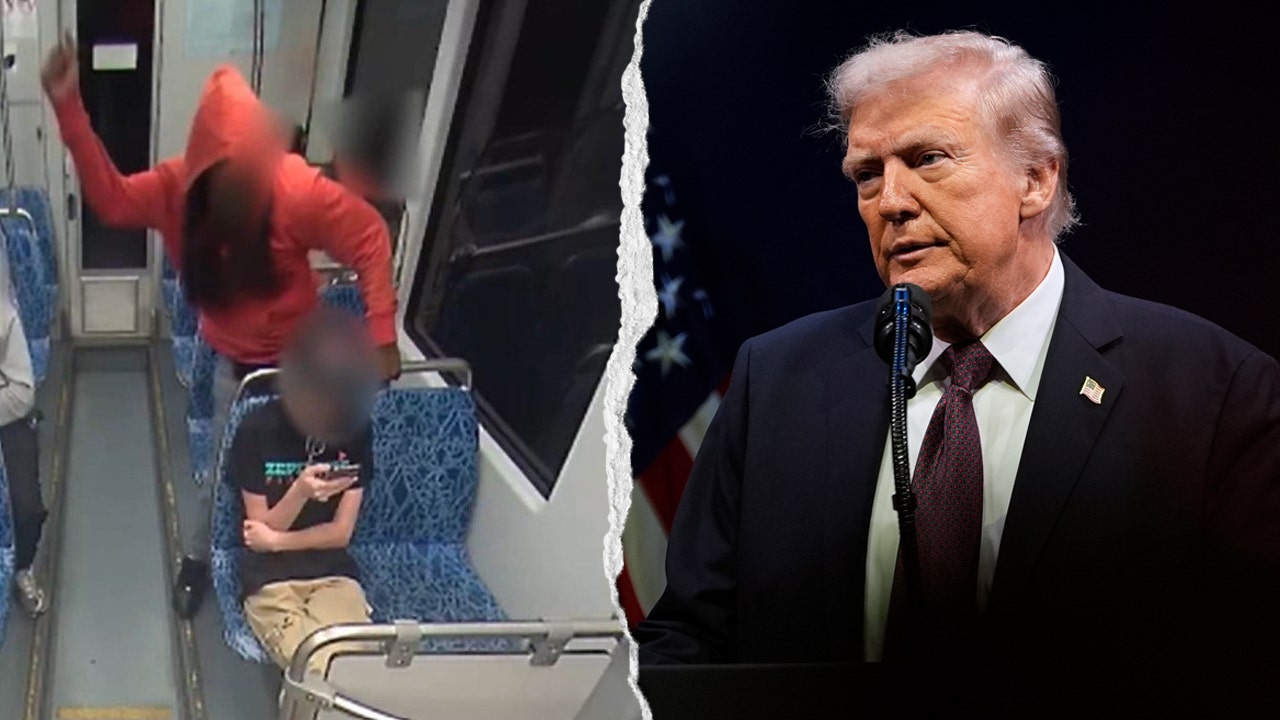Tough bargains and bold threats: 100 days of Trump’s transactional foreign policy

After one hundred days into his new administration, President Donald Trump has made significant changes to U.S. foreign policy, resetting negotiations with allies and foes around the globe. Experts note that Trump’s approach is highly transactional, focusing on how U.S. interests align with those of other nations rather than ideological considerations.
One of the key shifts in Trump’s foreign policy is the renegotiation of a nuclear deal with Iran. While former President Joe Biden had hinted at reviving the 2015 Joint Comprehensive Plan of Action, Trump has taken a different approach. He has engaged in talks with Iranian counterparts in Oman, emphasizing the need for a new deal that serves U.S. interests. Trump has made it clear that the U.S. will not be dragged into a conflict with Iran by Israel and is committed to leading negotiations on its own terms.
In addition to Iran, Trump has also taken a more aggressive stance towards Yemen’s Houthi terrorists. A recent offensive campaign against the Houthis has targeted over 800 locations and cost nearly $1 billion. This approach contrasts with the retaliatory strikes seen under the Biden administration, signaling Trump’s determination to end threats to U.S. interests in the region.
Furthermore, Trump has shifted his focus towards resolving the conflict in Ukraine. While Biden had vowed unwavering support for Ukraine against Russia, Trump has expressed a desire to see the war come to an end. He has engaged in negotiations with both Ukrainian President Volodymyr Zelenskyy and Russian President Vladimir Putin, exploring options for a peaceful settlement. Trump has also considered imposing sanctions on nations that do business with Russia to pressure the country into ending the conflict.
In a bold move, Trump has expressed interest in strategic takeovers of Greenland and the Panama Canal. While Panama has shown willingness to offer the U.S. passage for its warships, Greenland has pushed back against Trump’s overtures. The President’s focus on these regions stems from concerns over Russia and China’s military capabilities and the potential economic benefits of controlling these territories.
Moreover, Trump’s threats to withdraw from NATO have prompted allies to increase defense spending and prepare for the possibility of defending themselves without U.S. aid. Nations across Europe have announced plans to boost military spending, signaling a shift towards self-reliance in defense matters.
Finally, Trump has taken a tough stance on China, imposing steep tariffs to address issues such as intellectual property theft and trade imbalances. The President has insisted that China wants to negotiate a deal to lower tariffs, but talks have yet to materialize. The ongoing trade dispute poses challenges for critical industries reliant on Chinese supply chains.
Overall, Trump’s foreign policy approach emphasizes transactional engagements that prioritize U.S. interests above all else. As the administration continues to navigate global challenges, the world is witnessing a new era of diplomacy shaped by pragmatic considerations rather than ideological motives.




